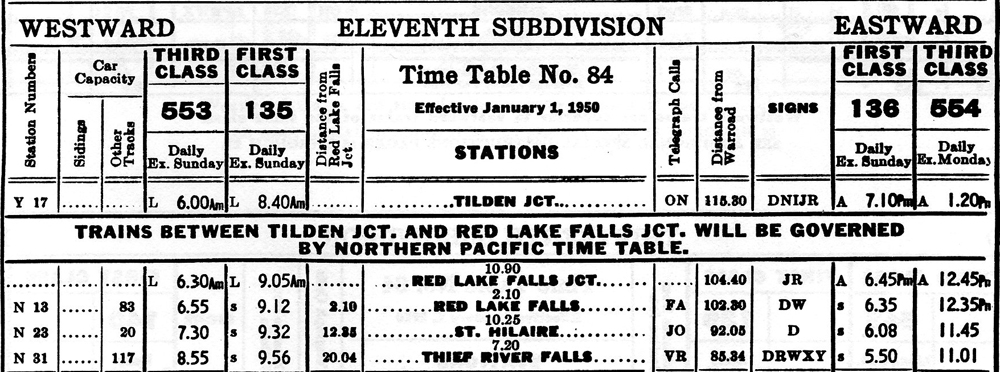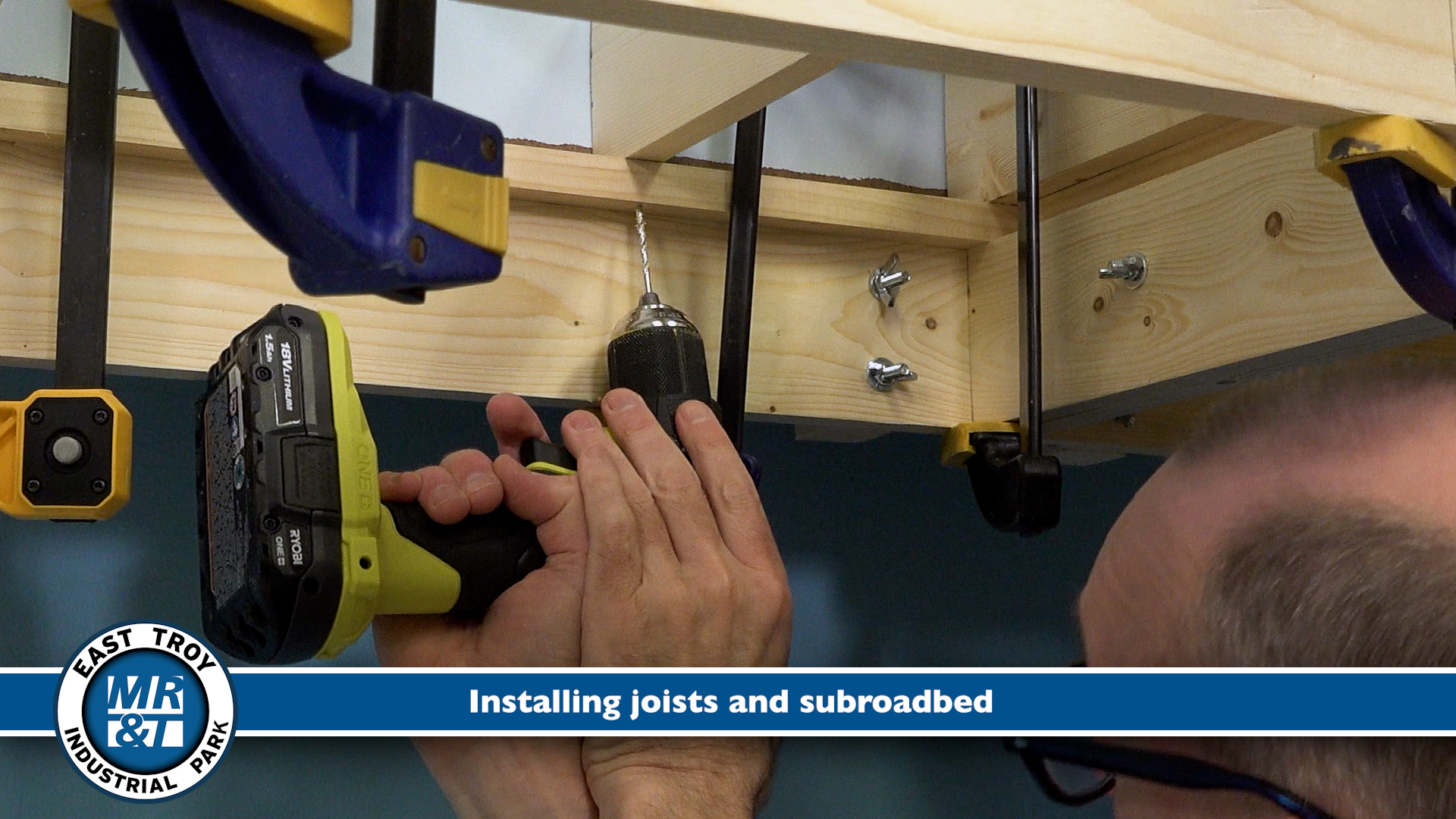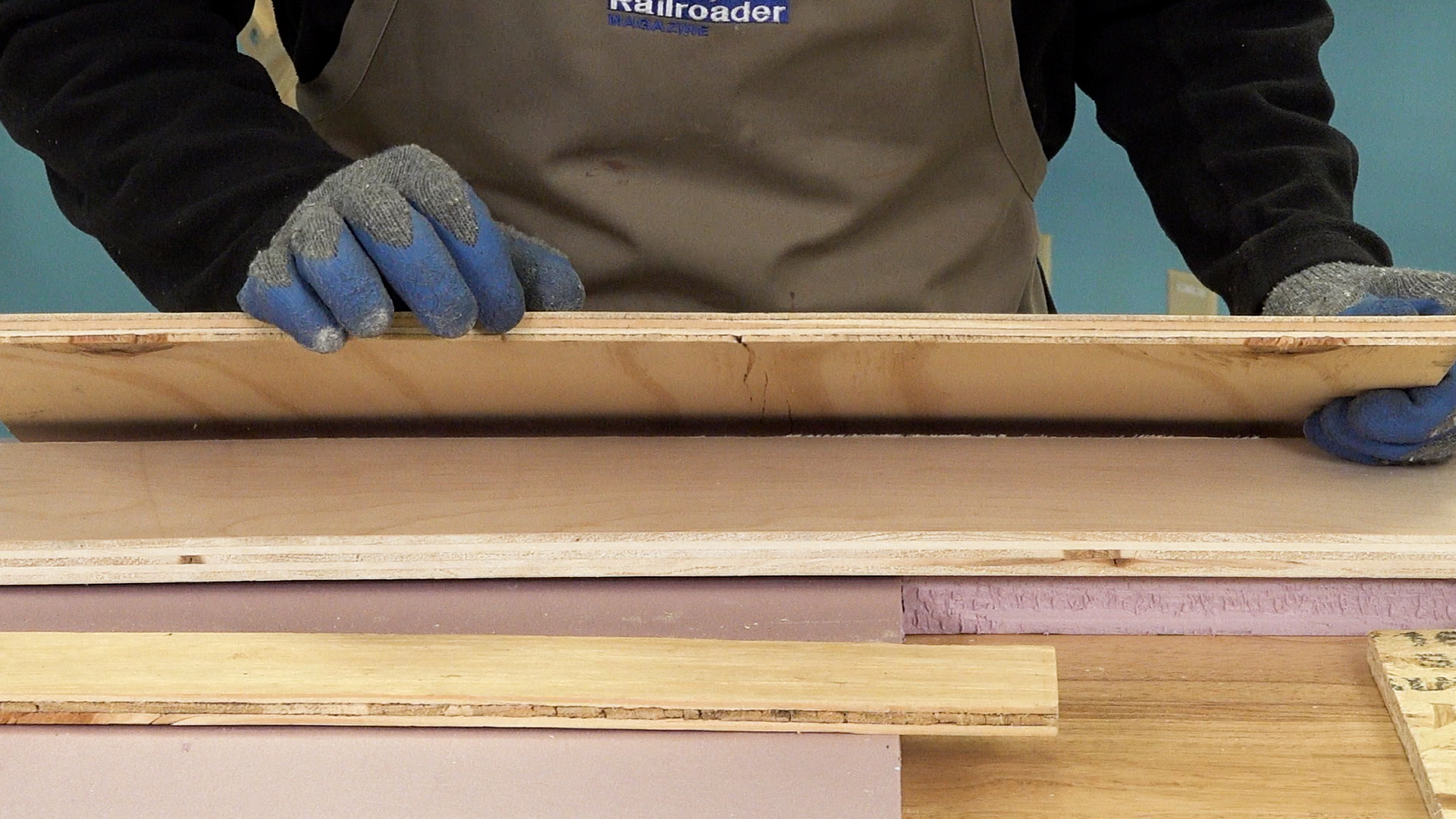I see there are locomotives in 1:24 scale for gauge-3 track. What width is gauge-3 track? How many gauges are there?
Gauge 3 is 2.5″, which is the correct gauge for modeling standard-gauge trains in G scale (1:22.5). 1:24 scale is close. There are three gauges commonly used in garden railroading: Gauge 0 (11/4″ or 32mm), gauge 1 (45mm), and gauge 3. However, virtually any gauge can be used. For more information on scales and gauges, download our Getting Started in Garden Railroading eBook.
What scale are the following brands–LGB, Aristo-Craft, USA Trains, and Bachmann?
LGB–various, from 1:22.5 through 1:26; Aristo-Craft–1:29 and 1:24; USA Trains–cars vary, locomotives are 1:29; Bachmann-1:20.3
How do the current large-scale gauges compare to what was called “Standard gauge” 60+ years ago?
Standard-gauge trains were produced by the large American toy-train companies like Lionel, Ives, and American Flyer, before WWII. That gauge was 2 1/8″ between the rails. Since then, standard gauge has fallen out of favor except among collectors. Most large-scale trains, at least in the US, run on gauge-1 track, which is 45mm (just over 1 3/4″) between the rails.
How can I determine what scale a car is? What way is there to measure the car? If I know the scale of the car will that tell me if it is scaled for narrow gauge railroads?
The manufacturer of the car should tell you what scale it is. If this isn’t the case, you must know how big the full-size car is and work backwards (assuming that the model is, in fact, a scale model and not just an approximation, which is sometimes the case). For instance, if you know that the full-size boxcar that you have a model of is 40′ long, divide 40′ by the length of the model (say, 16 1/2″): 40′ = 480″ divided by 16.5″ = 29.09, or 1:29 scale. Also, you could use a scale ruler (available from The Scale Card and others) to determine the dimensions of the car in scale feet.
Generally, just knowing the scale of the car will not necessarily tell you if it is scaled for narrow or standard gauge. You probably should know the manufacturer’s intent or be familiar with the car itself. For instance, you’ll find that a 1:29-scale car is narrower in gauge than it should be for a standard-gauge car. However, virtually all 1:29-scale equipment are models of standard-gauge rolling stock. This scale was developed as a marketing ploy, as a 1:29-scale boxcar is roughly the same size as a 1:22.5-scale narrow-gauge boxcar. The feeling was that they would be visually compatible, since they were about the same size, especially to those ignorant of full-size railroad practice. The correct scale for standard-gauge trains running on gauge-1 track (which is what almost all of us use) is 1:32. A 1:32-scale boxcar in standard gauge is noticeably smaller than a narrow-gauge car in 1:22.5 or 1:20.3 scales.













